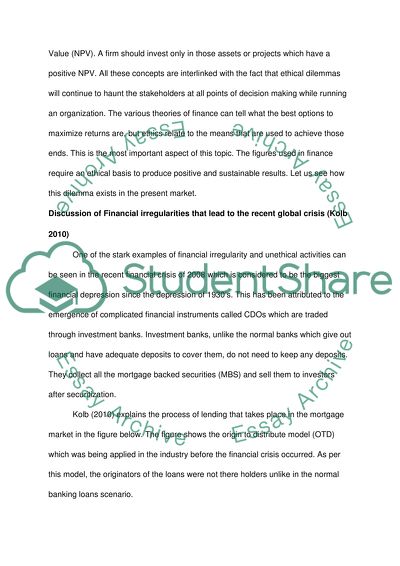Cite this document
(“Ethical dilemmas are everywhere in finance Research Paper”, n.d.)
Retrieved de https://studentshare.org/finance-accounting/1390585-ethical-dilemmas-are-everywhere-in-finance
Retrieved de https://studentshare.org/finance-accounting/1390585-ethical-dilemmas-are-everywhere-in-finance
(Ethical Dilemmas Are Everywhere in Finance Research Paper)
https://studentshare.org/finance-accounting/1390585-ethical-dilemmas-are-everywhere-in-finance.
https://studentshare.org/finance-accounting/1390585-ethical-dilemmas-are-everywhere-in-finance.
“Ethical Dilemmas Are Everywhere in Finance Research Paper”, n.d. https://studentshare.org/finance-accounting/1390585-ethical-dilemmas-are-everywhere-in-finance.


